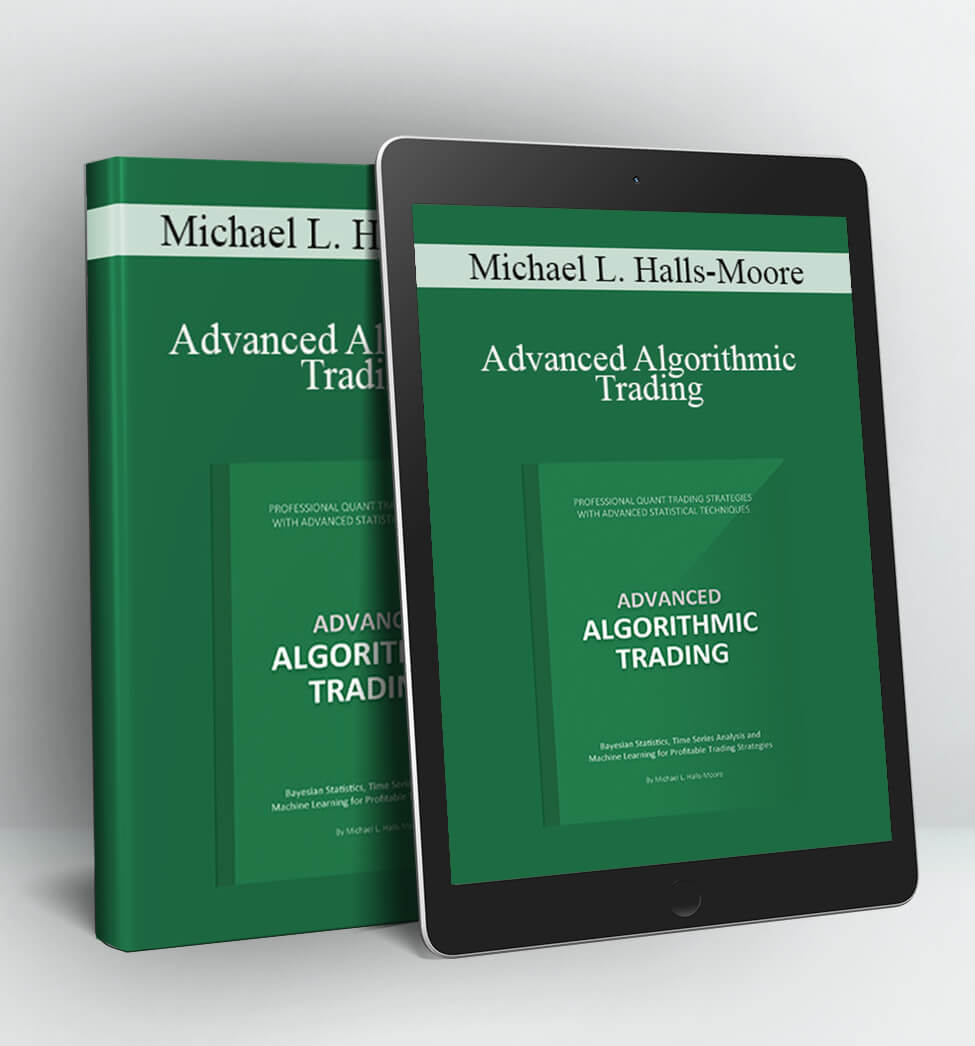You’re Happy With Basic Programming But Want To Apply Your Skills To More Advanced Quant Trading
If you’ve read my previous book, Successful Algorithmic Trading, you will have had a chance to learn some basic Python skills and apply them to simple trading strategies.
However, you’ve grown beyond simple strategies and want to start improving your profitability and introducing some robust, professional risk management techniques to your portfolio.
In Advanced Algorithmic Trading we take a detailed look at some of the most popular quant finance libraries for both Python and R, including pandas, scikit-learn, statsmodels, timeseries, rugarch and forecast among many others.
We will use these libraries to look at a wealth of methods in the fields of Bayesian statistics, time series analysis and machine learning, using these methods directly in trading strategy research.
We apply these libraries in an end-to-end vectorised backtesting and risk management scenario, allowing you to easily “slot them in” to your current trading infrastructure.
No Need For Expensive Off-The-Shelf Quant Software
You may have spent a lot of money purchasing some sophisticated backtesting tools in the past and ultimately found them hard to use and not relevant to your style of quant trading.
Advanced Algorithmic Trading makes use of completely free open source software, including Python and R libraries, that have knowledgeable, welcoming communities behind them.
More importantly, we apply these libraries directly to real world quant trading problems such as alpha generation and portfolio risk management.
“But I Don’t Have A PhD In Statistics.”
While machine learning, time series analysis and Bayesian statistics are quantitative topics, they also contain a wealth of intuitive methods, many of which can be explained without recourse to advanced mathematics.
In Advanced Algorithmic Trading we’ve provided not only the theory to help you understand what you’re implementing (and improve upon it yourself!), but also detailed step-by-step coding tutorials that take the equations and directly apply them to real strategies.
Thus if you’re much more comfortable coding than with mathematics, you can easily follow the snippets and start working to improve your strategy profitability.
About the Author





